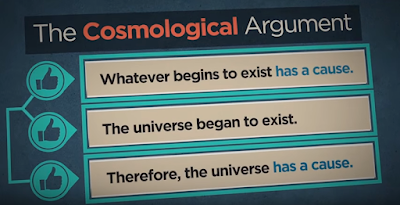 |
| A relational map illustrating entangled sustainability across human and non-human cultures of feeling, knowing, and doing, promoting healthy connections and relationships. |
- Relational Ontology (blue) → How we see reality as made up of relationships.
- Relational Epistemology (orange) → How we know and study those relationships.
- Relational Ethics (green) → How we act ethically within those relationships.
Descriptors such as Co-operation, Co-Flourishing, Nurturing,and Nourishing would all be indicators of successful transformation.
Introduction
In an era of mounting climate crises, biodiversity loss, and deepening social inequalities, traditional ways of tackling sustainability issues often fall short. Many existing approaches focus on technological fixes or isolated interventions. However, a growing movement in research, practice, and education argues that true sustainability requires us to rethink how we see the world: not as a collection of separate parts, but as a dynamic web of relationships. This document reimagines sustainability through a relational lens, integrating ideas from systems thinking, indigenous knowledge, and contemporary relational philosophies.
Body
Seeing: A Relational Ontology
A relational ontology begins with the belief that things do not exist in isolation. Trees are not just trees; they are forests, habitats, carbon sinks, and cultural symbols. Rivers are not simply water channels but lifelines for communities, ecosystems, and entire regional climates. In a relational worldview, everything exists because of its connections to everything else. This stands in contrast to mechanistic views, which treat nature as a collection of separate resources to be extracted or managed.
Knowing: A Relational Epistemology
Traditional science often claims to produce objective knowledge that is detached from the observer. A relational approach challenges this, recognizing that knowledge is always produced within networks of people, places, and non-human actors. Indigenous knowledge systems have long embraced this view, integrating empirical observation with relational and spiritual understanding of the land. A relational epistemology calls for multiple ways of knowing, inviting dialogue between scientific, local, and traditional forms of knowledge.
Acting: A Relational Ethics
Ethics in a relational paradigm extend beyond human interests. It asks us to consider the well-being of animals, plants, ecosystems, and future generations as part of our moral community. Policies, research agendas, and educational programs must be designed with this broader ethical horizon in mind. This means shifting from resource extraction and exploitation to stewardship, care, and co-flourishing with non-human ecosystems of nature.
Conclusion
A relational paradigm reframes sustainability from a technical fix to a cultural transformation. It calls us to redesign how we see the world, how we generate knowledge, and how we live responsibly within it. By embedding relationships at the heart of our thinking and action, we can move towards a more resilient, just, and life-sustaining future.
Bibliography
Capra, Fritjof. The Systems View of Life: A Unifying Vision. Cambridge University Press, 2014.
Ingold, Tim. Being Alive: Essays on Movement, Knowledge and Description. Routledge, 2011.
Latour, Bruno. We Have Never Been Modern. Harvard University Press, 1993.
Maturana, Humberto and Francisco Varela. The Tree of Knowledge: The Biological Roots of Human Understanding. Shambhala, 1992.
Shiva, Vandana. Staying Alive: Women, Ecology and Development. Zed Books, 1988.
SpringerLink article: Escobar, Arturo et al. "Towards a relational paradigm in sustainability research, practice and education." Ambio (2020).
Threads of Relational Becoming
by R.E. Slater & ChatGPT
Within self and community, flows
co-operative threads blend
Measured in co-operative acts of
Attentive practices breathe








